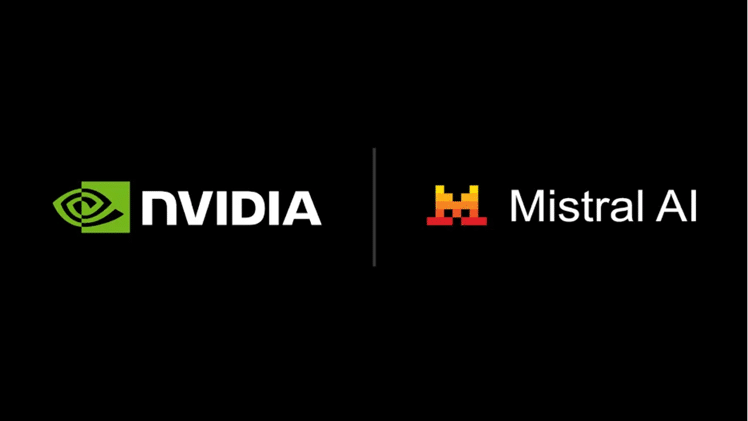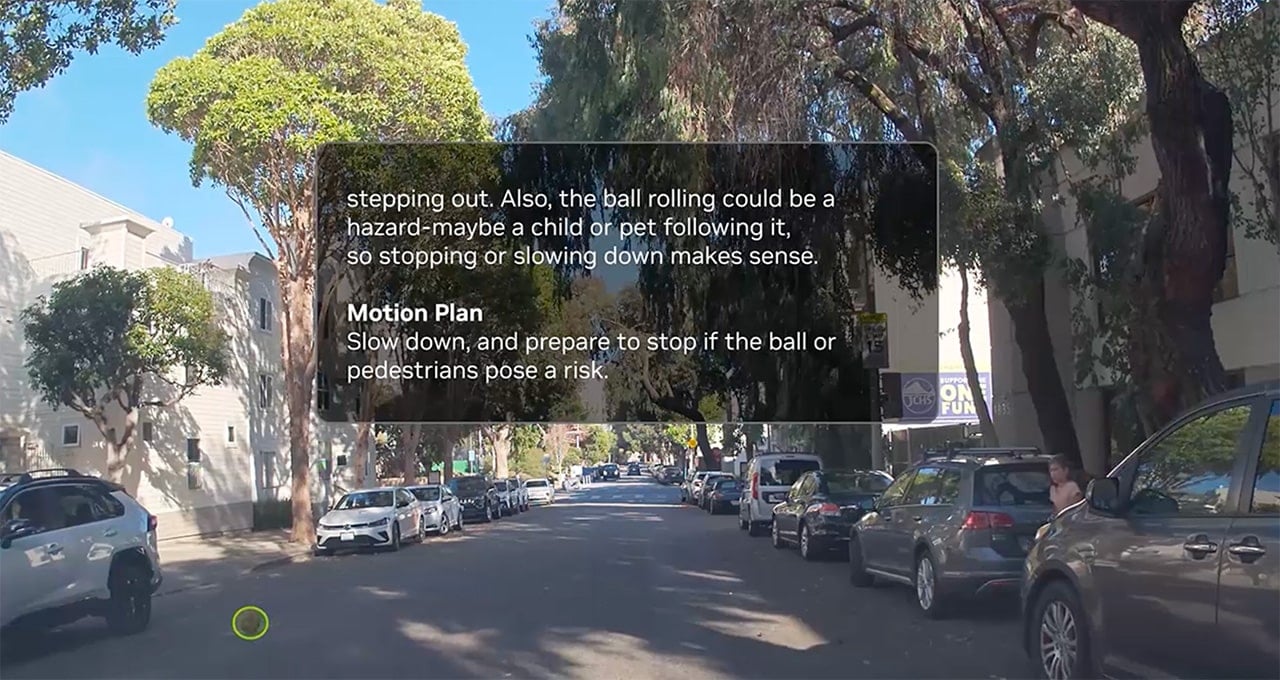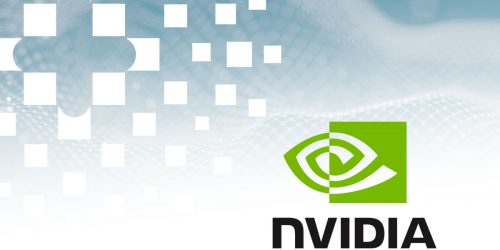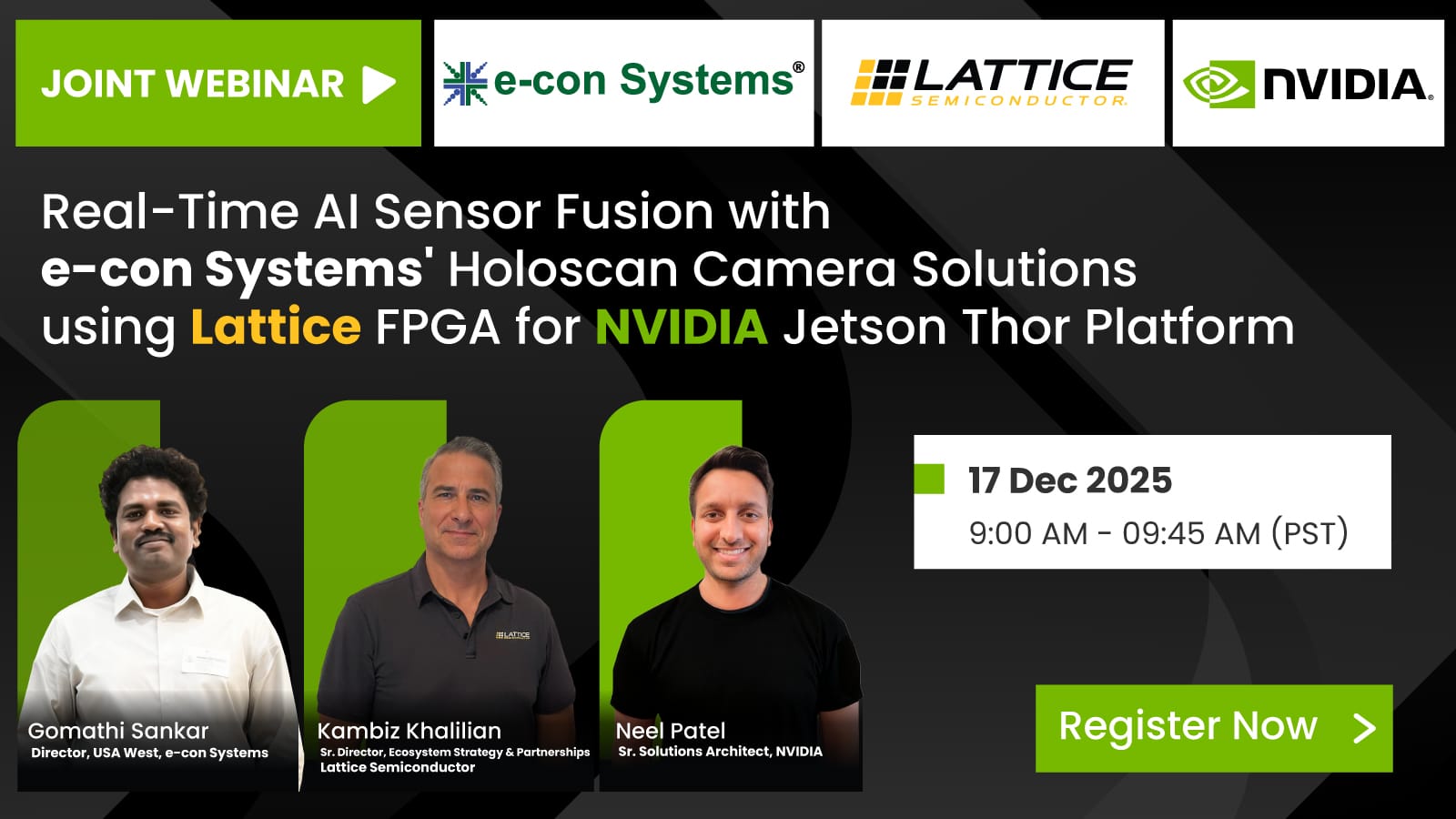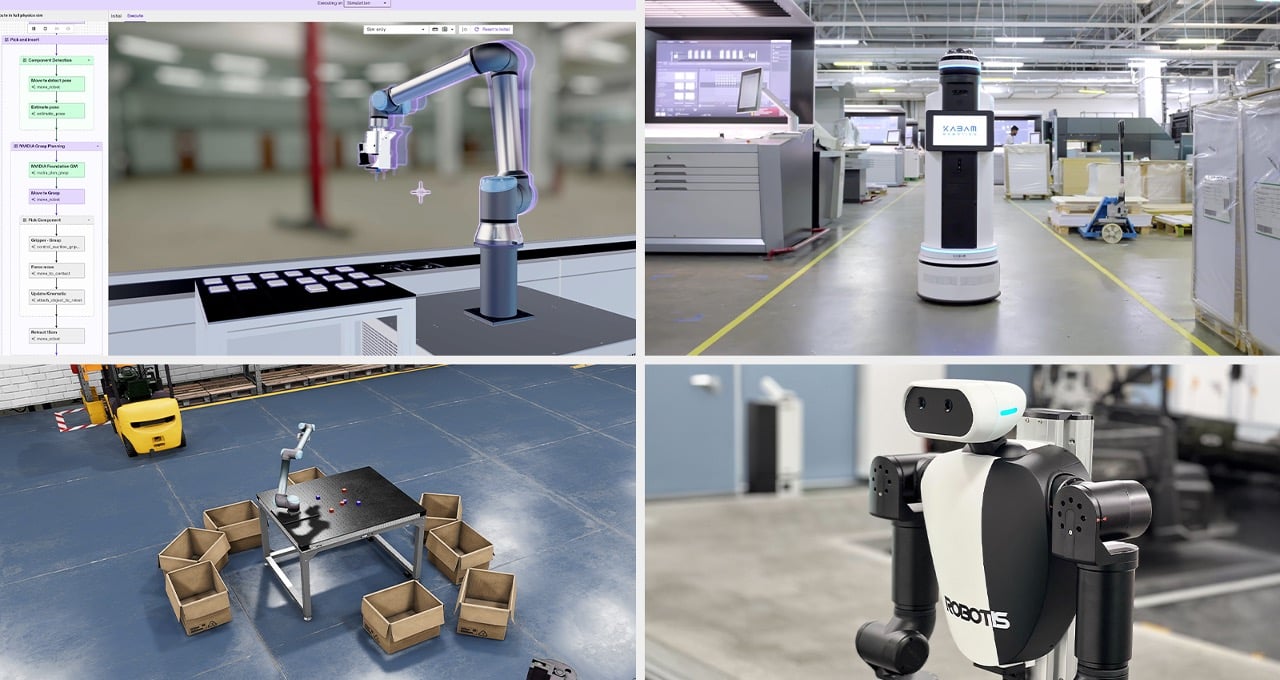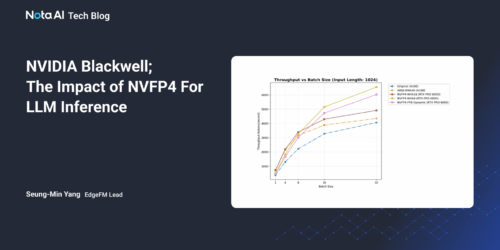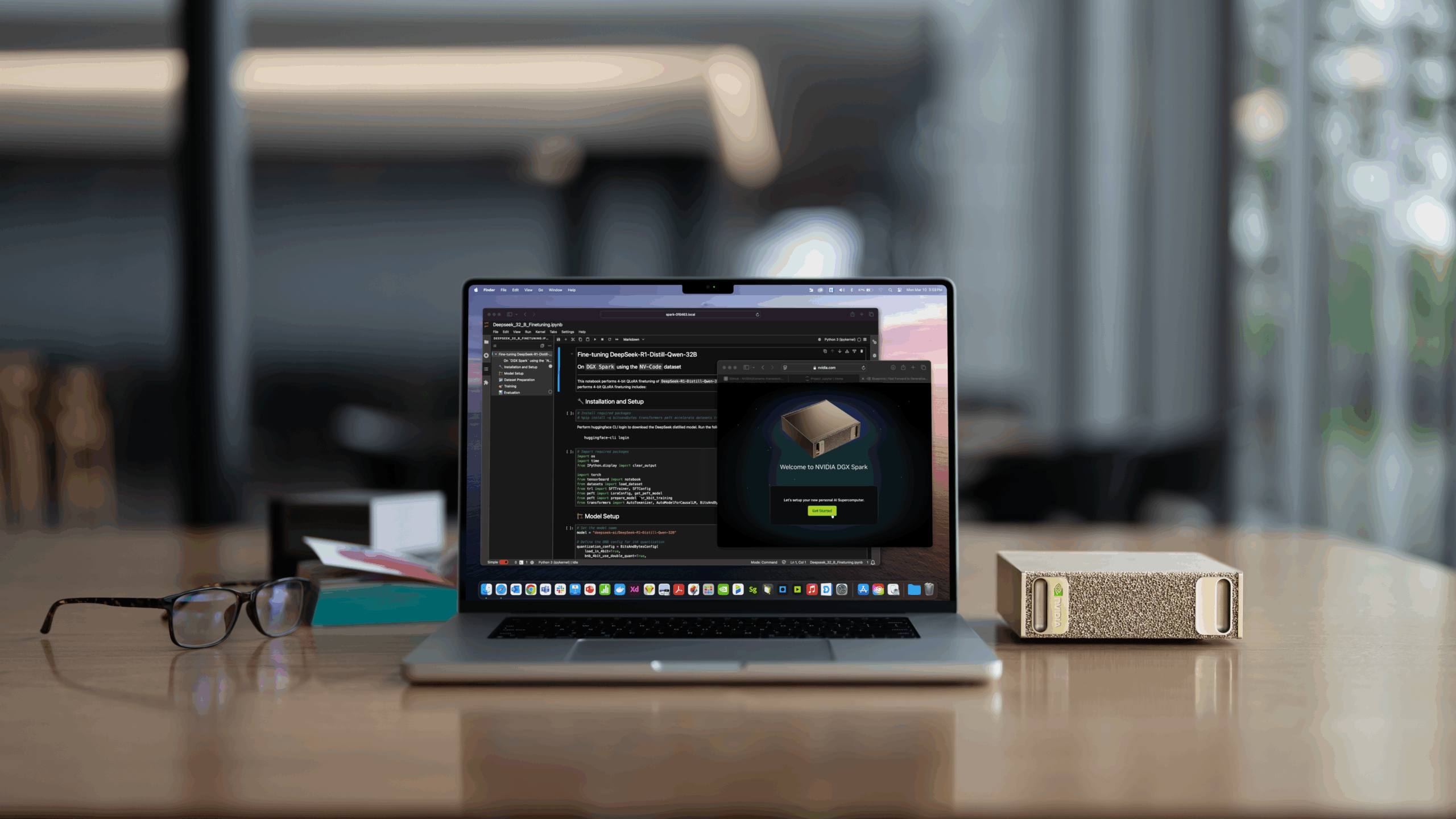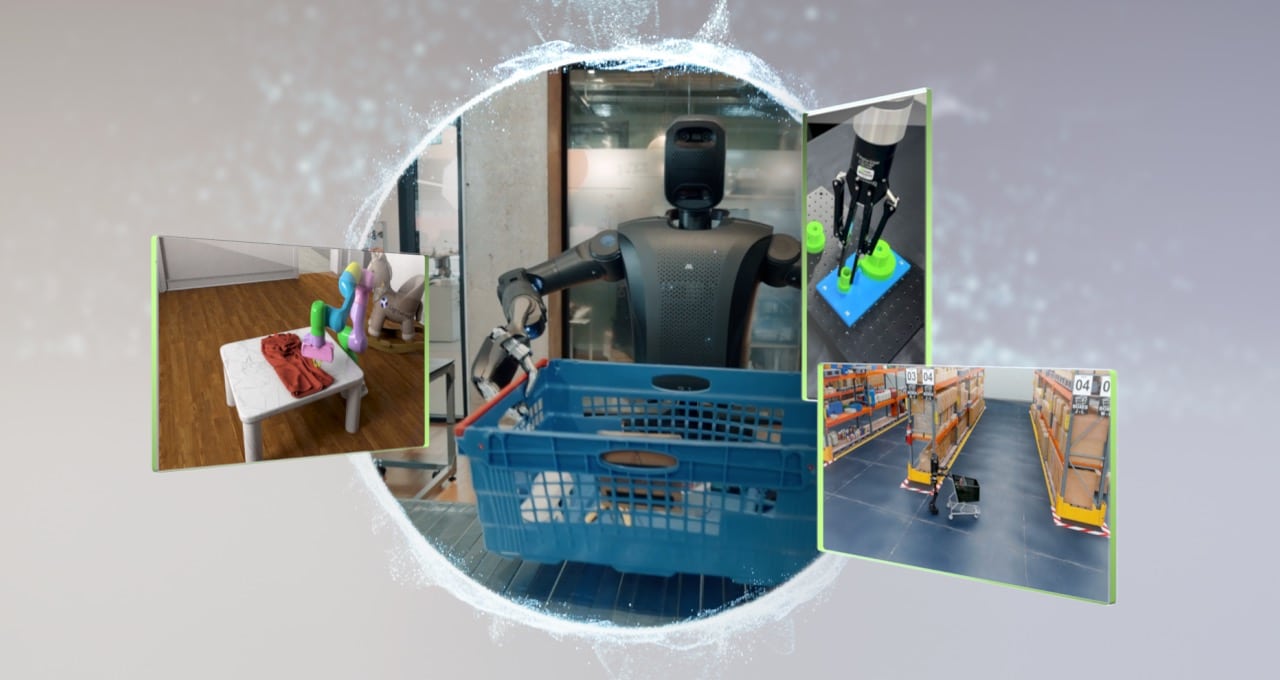NVIDIA Debuts Nemotron 3 Family of Open Models
News Summary: The Nemotron 3 family of open models — in Nano, Super and Ultra sizes — introduces the most efficient family of open models with leading accuracy for building agentic AI applications. Nemotron 3 Nano delivers 4x higher throughput than Nemotron 2 Nano and delivers the most tokens per second for multi-agent systems at scale through a […]
NVIDIA Debuts Nemotron 3 Family of Open Models Read More +


